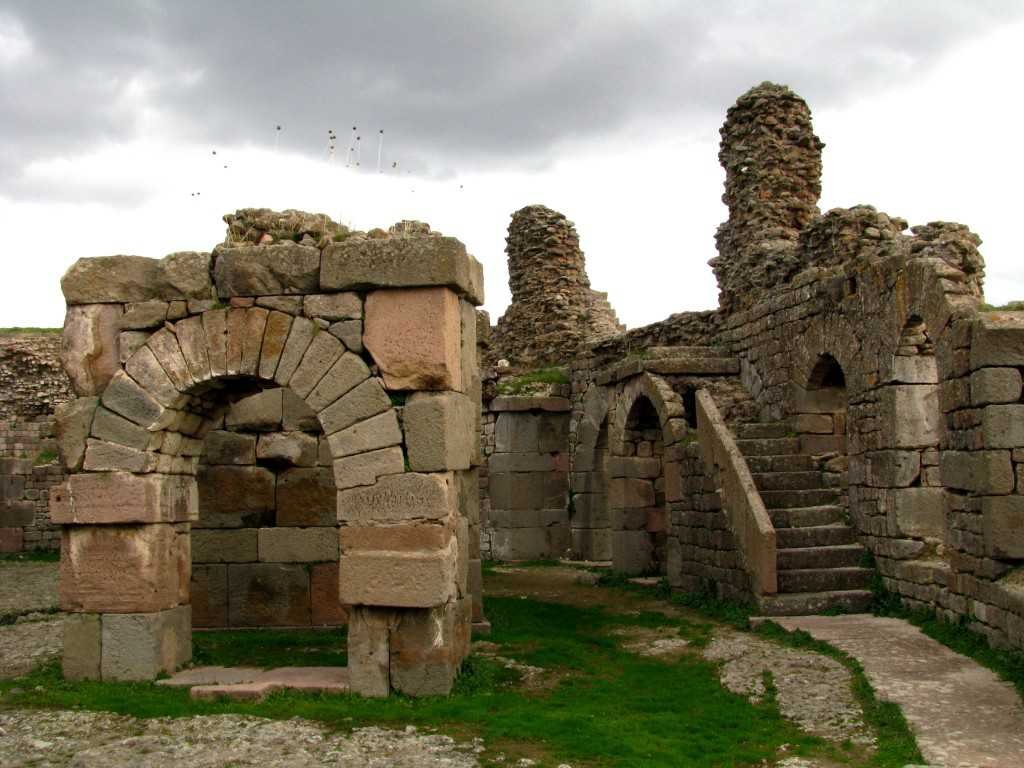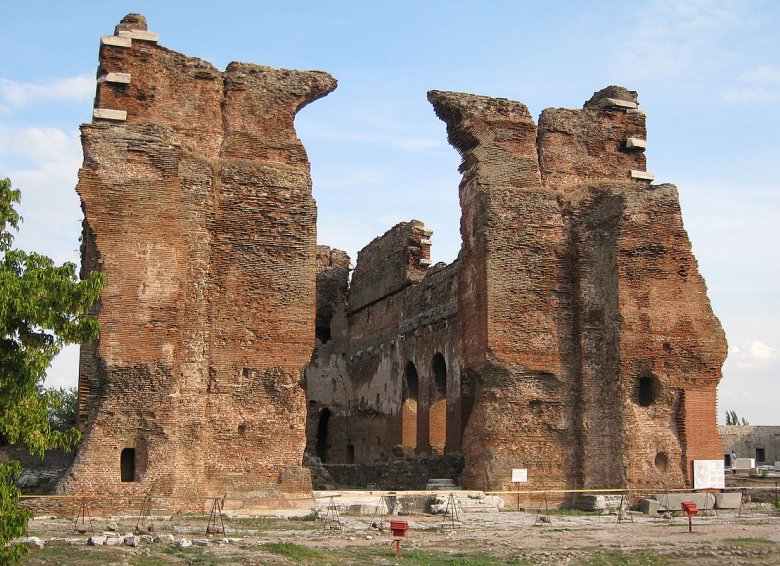Intriguing Ancient City Of Pergamon: Medical Center, Great Library And Remarkable Water Supply System
MessageToEagle.com – Mentioned in several sources from about 400 BC, city of Pergamon was investigated by German archaeologists for more than a century.

Pergamon (Pergamum), was an ancient city of Mysia situated about 100 km north of Izmir, Turkey.
Today, the city of Bergama in Turkey is located on its ruins, but the excavations have revealed several spectacular ruins that shed light on ancient Pergamon’s history. Among the ruins of structures are: Acropolis reserved for official buildings, Altar of Zeus, temples of Athena, Dionysus and Trajan, the Heroon shrine, where the kings of Pergamon, were worshipped. Among cultural objects were famous Pergamon library, gymnasiums, Trajaneum theater, an amphitheater and a huge forum.
Pergamon played an important role in the early history of Christianity and was the capital of the Roman province of Asia for a short time – before the capital was moved to Ephesus.
Pergamon – one of the Seven Churches of Asia, mentioned in the ‘Book of Revelation’ – was home to about 200,000 inhabitants.

Approximately forty aqueducts and 240,000 clay pipes provided the city with water taken from 30 miles away; water even reached the acropolis situated over 300 m above the sea level, at the top of an isolated hill.
Roman engineers managed to create such pressure conditions that the water reached a cistern located on the highest point of the acropolis. They built a water supply system consisting of pipes and water towers.
See also:
Sacred Asclepion Of Pergamum: Ancient Healing Center And The World’s First Psychiatric Hospital
Fascinating Legend Of The Seven Sleepers Of Ephesus
Long-Lost Grave Of Attalid Rulers Discovered In Turkey
Laodicean Church Founded By The King Antiochus II – One Of The ‘Seven Churches Of Asia’
10 Magnificent Ancient Libraries
More Fascinating Ancient Civilizations And Places
The cisterns of the acropolis have been surveyed and analyzed thoroughly by German researchers working at Pergamon. These structures were crucial part of the municipal water supply; it has been calculated that about 20.000 city’s inhabitants could have survived the-year-long siege with their help.
However, it was not the only way of supplying city in water. Pergamon also had Roman aqueducts, network waterworks, fountains, wells.
Pergamon’s therapeutic and healing center, the Sanctuary of Asclepius (the god of medicine and healing), was famous due to the presence of the eminent Roman physician Galen (c. 129–200 AD), who was born in Pergamon. The medical center used alternative treatments to heal sick patients, with diagnosis often coming from dream analysis.
Treatments included; bathing in, or drinking water from sacred springs, massage, mud baths and use of herbs and salves. Many small clay or terracotta body parts found around the site, could be gifts from healed customers of the center.
Among Pergamon’s other notable structures was the Red Court (the 2nd century AD), later converted into ‘Red Basilica’, and dedicated to Egyptian gods and goddesses especially Serapis (primarily a healer of the sick, a deity who was superior to fate and who retained from Osiris the character of a god of the underworld. The structure’s forecourt is still supported by the 196 m (643 ft) wide Pergamon Bridge, a remarkable achievement of ancient engineers.

The Library of Pergamon – founded during the rule of king Eumenes II (197-159 BC) – was renowned, and second only to the Library of Alexandria, although not approaching Alexandria in scholarship but rather in a number of volumes they possessed.
According to writings of Plutarch (46-120 AD), the library was believed to contain 200,000 volumes, which were later given by Mark Antony to Cleopatra as a wedding present to be added to the collection of the library in Alexandria.
Copyright © MessageToEagle.com All rights reserved. This material may not be published, broadcast, rewritten or redistributed in whole or part without the express written permission of MessageToEagle.com
Expand for references










